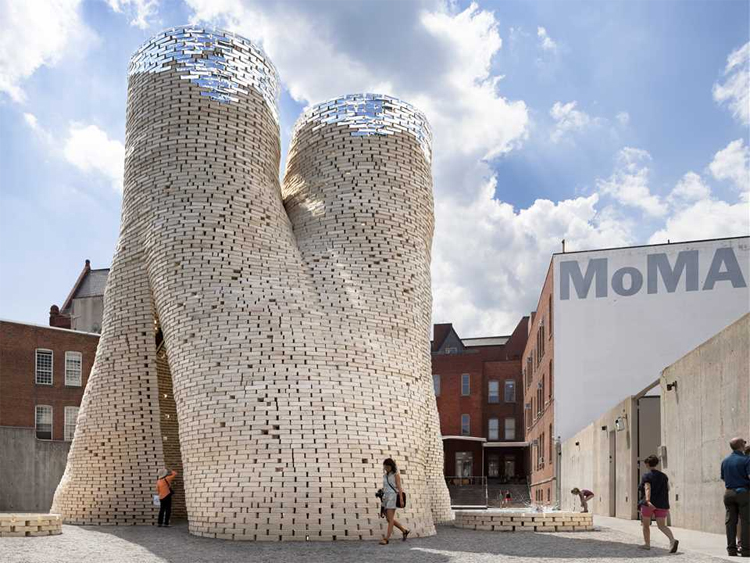Buildings made from organic waste?
Par Mickaël Carlier | 13 novembre 2017 |
Architecture
Could peanut shells and banana and potato peels be turned into building materials?
This is an idea that’s being suggested in a report called The Urban Bio-Loop published by the design firm Arup. Based on the principles of the circular economy, organic waste could be incorporated into construction materials, thereby helping to reduce the depletion of natural resources and turn this waste into something that’s commercially valuable.
There are already many examples around the world of products made from organic waste: acoustic panels made from stalks and leaves, carpets using banana residue or furniture made from peanut shells pressed into particle board. Arup believes this is the answer to many of the environmental challenges facing the construction industry, which is responsible for 30% of all waste generated in Europe and is the largest consumer of non-renewable natural resources.
Most organic waste in Europe is currently reused through compost or recycling, while to a lesser extent, some of it is incinerated. From an environmental perspective, these traditional waste management processes are more efficient than sending waste to landfills. However, for Arup, this waste could be diverted, at least in part, and transformed into more attractive, alternative exploitation models.

Aside from the environmental benefits, these models have the potential to create positive impacts on several levels: economic, social and technical. A case study carried out in Milan, Italy, showed that the commercial value of organic waste processed for construction purposes would be five to six times greater than the value obtained under current disposal processes. Furthermore, using organic waste in the construction industry could also help create new economic activity, and therefore new businesses to support local economies. Innovations in manufacturing processes are being seen as a catalyst for developments of this sort. Examples of projects that utilize new techniques include the Mushroom tower project in New York, made from mushroom-based bricks, and the BIQ Hamburg building (below), in Germany, which incorporates a micro-algae bio-reactor facade to generate heat.

The report states that using organic waste for construction purposes is a global opportunity that can be exploited locally, depending on regional considerations, such as climate, supply sources, production costs or laws. For the new organic waste exploitation models to be viable, they must produce products that are healthier and have a low environmental impact, while still offering the same qualities as traditional materials. For example, the potato-based panels made by the Dutch company Crustell B.V. meet these criteria: light, water repellent and fire resistant, they are completely biodegradable at the end of their service life.






